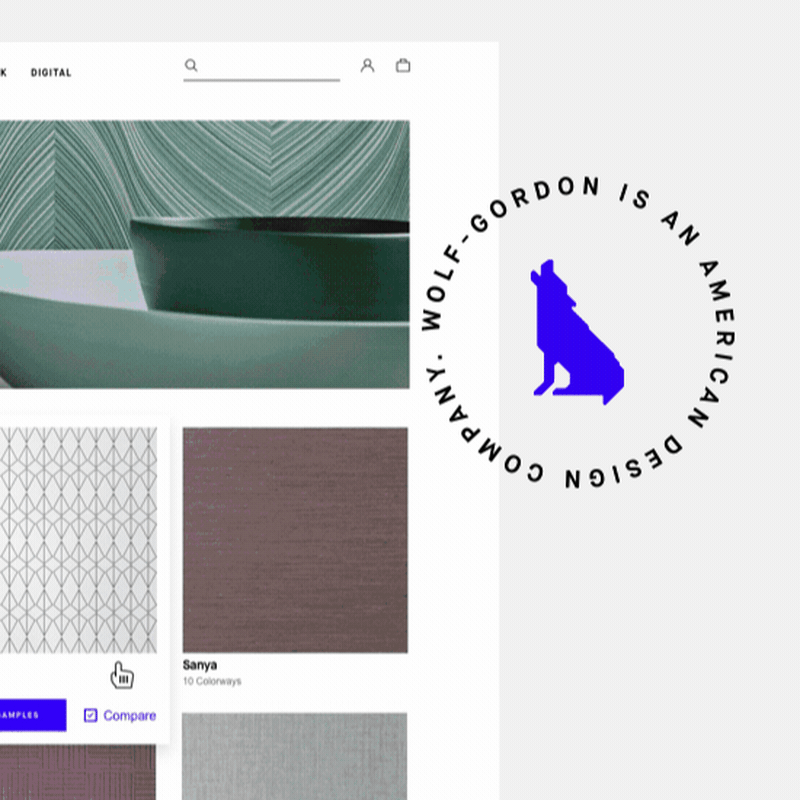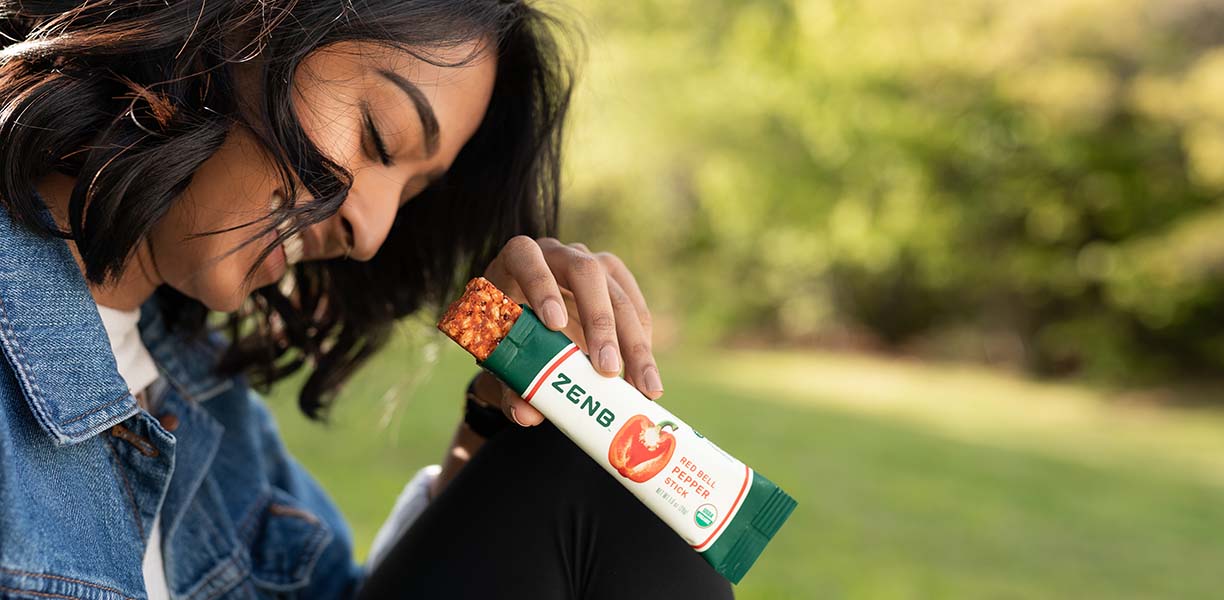2022 Pet Care Industry Predictions & Trends

The headline says it all, folks! As the pet industry explodes in growth, there are big questions on where it will go next.
But, you may ask how can I be so confident in these predictions. Well, I’ve not just worked on some of the world’s leading pet brands, I’m also just about the most obsessed pet parent you’ll meet, taking neverending deep-dives into different foods, their quality, their processes, and the brand’s believability, all for the health and well-being of my mutts. It’s literally the only place where I don’t follow trends.
Behold! My monsters!

And why is petcare and its trends something you want to watch out for this year? The global pet care market is projected to grow from USD 222.93 billion last year to USD 325.74 billion by 2028, at a CAGR of 5.6%. It was quite literally pandemic proof and it’s not stopping. The new ways the brands in this industry find to engage consumers during this stretch will inspire and teach across industries.
So, let’s get into some overconfident predictions for the business of domestic animal care this year, shall we?
Digestibility Over Palatability
We’ve seen waves of popular food types and subsequent debates hit the industry for years, including grain-free, which surfaced over a decade ago and then sank at times, followed by wolf-inspired diets, human-grade, meat-alternative, and now palatability is a hot one. But, making decisions based on palatability is like buying more McDonalds because your kid likes the taste, while not considering the nutritional value. Certainly, your dog likes the taste of their food, but is it good for them? Maybe not, and that might mean some real health issues for your furry one.
Many years ago, a pet executive I worked with — whose brand will remain nameless — compared their food to “bags of dirt” and said it was “like feeding your kid a bag of chips each meal.” That’s because, while palatable, there was simply no nutritional value, but you won’t hear them complain because they’re riding high in the industry.
Of the many pet trends we’ve seen, digestibility is the one that you should pay attention to this year and beyond because you won’t be able to ignore it once more consumers demand it.
The digestibility of food determines how much is absorbed by your animal. Lower digestibility means more waste and less nutritional benefit. And, some of the higher digestibility ratings might surprise you. Some meal-based foods (meal is a powder-substance made from animal byproducts) have higher ratings than some whole proteins, like lamb, but the origins of the meal worry some pet parents. Sorry, China.
Digestibility all comes down to the way the food is processed, including the heating, drying, and adding of preservatives to ensure shelf stability. Higher digestibility can result in higher production costs and shorter shelf life, which eventually hurt the bottom line, so many dog food companies avoid the topic. Meanwhile, one of the better digestibility-rated brands out there and one I’m proud to work with at DS, Freshpet, largely buries their report in their investor information, so you have to know where to dig to learn more. They do this because consumers are not yet clambering for that info or level of transparency. But they will be shortly, and more brands will be talking about it in the coming months as consumers seek better nutrition for their pups, especially as more and more people speak out, like Healthbud founder Adrien Malka…
“Nutrition has been shown to be the most important factor for optimal health in our dogs and cats. However, roughly 90% of North Americans still feed their dogs a highly-processed diet, which often leads to chronic inflammation, overweight or obese dogs, and a wide array of other issues. Approximately, 60% of dogs and cats in the United States are overweight or obese and 90% of pet parents don’t even know it. This is very alarming and millennials, which make up the largest cohort of pet parents in North America are starting to demand more transparency across the supply chain from their favorite brands.”
Another perfectly odd and gross reason you aren’t yet hearing much about it is that the way it’s tested is not exactly appetizing. To determine digestibility, scientists have to study the poop after consumption. So, where you are seeing digestibility information is linked to the type of poop your dog is having, which means you’re shopping for a medical condition, oftentimes, not for nutritional value.
But that will change.
Fear of the Five-Year Foods
93% of all pet foods sold in the U.S. are produced by just 3 companies — Big Heart, Mars, and Purina. Meanwhile, the total number of brands has increased 71% in the last decade. For consumers, it’s become choice paralysis. It’s not only which one do I choose but which one do I trust? They all say “healthy.” They all say “nutrition.” They all say “superfoods.” Wait, but what are superfoods? (It’s a marketing term made up by someone like me to make you feel better about buying it.) The result is greater scrutiny and consumers avoiding those who are not in it for the right reasons. They’re called “The Five-Year Foods.”
Of the many pet foods out there, many are not the up-and-comers with new ideas and tech to transform the lives of dogs & cats for the better. No, many of these are the startup pet brands, looking to drive followers and subscriptions fast, increase valuation, and then be absorbed by the Big 3. And these investors want to do it in 5 years so they can move on to their next venture. Forget wellness or longevity and betterment of life! Focus on appearances. Make a splash! In and out in five years.
In fact, 83% of pet food recalls in recent years are linked to products of smaller brands, not the Big 3. That’s because, in their haste for growth and followers, these smaller companies are limited in the verification of their nutrient content or the safety of their foods. And there’s no law requiring any pet food company to do so. #merica
These are the Five-Year Foods, and the market will soon become wary of them because their intention is not health but convenience, brand awareness, growth, and an early exit. All industries reach a point where substance wins out over flash; where reality beats celebrity. This is the year for that to happen in pet.
As more consumers worry more about pets — especially Gen-Z and young millennials — brands not pursuing what’s right and sustainable for your animal will be revealed, scrutinized, and maybe even canceled. The ones that truly love animals and want to nurture their lives will thrive. Don’t worry, they’re out there! Our friends at Freshpet, Wild Earth, and Earth Animal are perfect examples of the heartfelt ones doing it right.
The Content Game is Going Pro
In years past, your vet was your one go-to for all things dog & cat, right? Nearly 60% of people still report that their vet is the primary source for information about pet food, but not so when it comes to every other facet of pet parenting. Because, as the internet grew and grew, the information and expertise regarding caring for a pet spread with it.
In recent years, and certainly during covid, many began turning to places like Tiktok and Youtube for the sourcing of information regarding training, feeding, and bringing joy to your animal. However, these locations were often sporadic, untested, and required much searching and/or trial & error. The “experts” were merely influencers, randos, or reality celebs, and therefore were not providing the useful, consistent, and tested information people seek and utilize over and over. It was about clever hacks, not real results.
While this shotgun influencer content has meant moving beyond centralized hubs of information, how do we know who to trust these days? That’s where we are now in the pet world, and it results in confusion and potentially dangerous situations for our pups. We’re decentralized across the real world and digital — experts and amateurs all mixed up together. Any Tiktoker has a fair chance at being a thought leader on topics associated with pet care, yet that does not validate their expertise.
Last time I got with my data-nerd friends on our strategy team I saw over 4 million hits a month across PetSmart, PetCo, and Chewy’s blogs from people looking for answers. They want information, but they don’t want to keep searching. They will find those who are showing up in more places with better content that actually works. The brands that win here have a shot at earning me and other pet parents’ trust, so it’s time to invest in always-on content people can routinely find and utilize.
This is all why the cyclical nature of the human mind will begin shifting back toward centralized locations of information — those we can surely trust and access easily.
We’re seeing it in how younger generations are shopping for veterinarians. Whereas we once began shifting to independent vets — those smaller locations you could know and trust — they’re now relying on the larger, more centralized big vets, trainers, groomers, and now even daycare, like Banfield, who is in fact owned by Mars, one of the Big 3. Why? Because they are a central source for all things pet due to being largely located inside PetSmart stores, where you can get anything and everything you need in one easy trip.
Speaking of vets: their game is changing too.
Watch out for not only tele-vets but travel vets who focus on end-of-life care for our animals.
It may sound scary to consider our loved ones passing, but this service is an ideal way to make them as relaxed as possible at the end in the comfort of home. Simply imagine the fear induced by being at a vet or hospital. You don’t know where you are, your family might not all be there for you, and there are these weird people poking you and prodding you. This is not a gentle and loving way to pass, but fortunately more and more of these end-of-life services are popping up, including a friend to DS, Lap of Love.
Petcare is Going Culinary! (I volunteer to host the Food Network show, BTW!)
While vets have commonly told us to only serve one food, and stick to it, for the sake of the animal, now we’ll grow beyond that belief due to higher quality food benefitting the animal, and not upsetting their stomachs and digestion as unhealthy, processed foods have done in the past.
Beyond just a focus on the nutritional value of foods, more and more consumers are seeing animals as part of their family and therefore worthy of high-quality foods and meals.
What this means is we’ll see a rise in healthy, quality, and creative pet recipes, not just off-the-shelf foods like kibble served up each and every meal. Mixing proteins, textures, and ingredients can not only increase nutritional value but can also keep your dog excited about mealtime.
I myself have a series of dishes my dogs love, including Wakey, Wakey, Eggs & Bakey, which is a Sunday morning delight served with a bit of Earth Animal Wisdom dog food, then topped with chilled microwaved egg and some Freshpet Turkey Bacon. The moment I put the egg in the microwave, they sit by their bowls, ready to go!
But, don’t forget. Dogs are not humans. They have unique dietary needs, so these recipes will be about them and what they can digest because digestibility will be the top trend for dog food in 2022, my friends!
Now, let’s see how these predictions do throughout the year.
If you have any other thoughts on the pet industry for 2022 or want to debate these with me, give us a shout!


